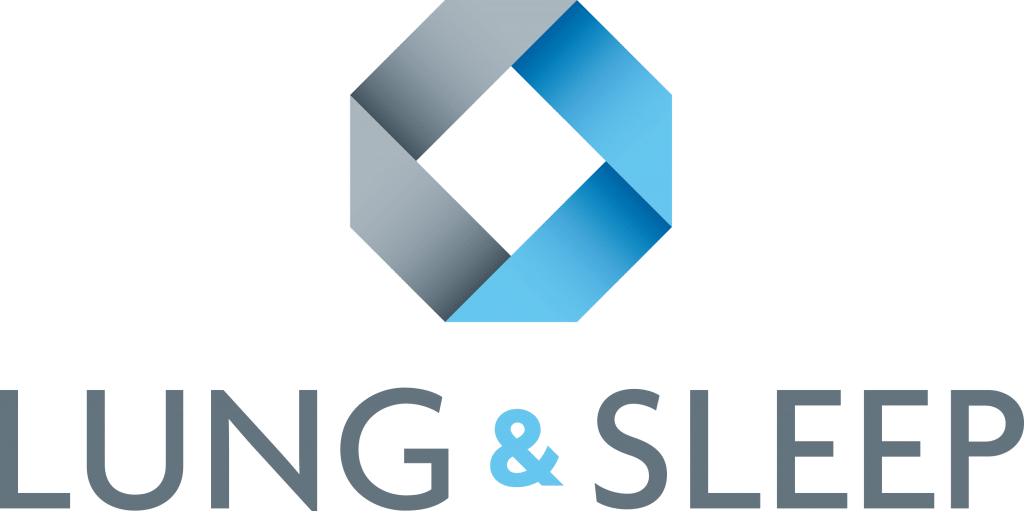Bronchoscopy is a technique where a small camera goes through the nose or mouth and into the lungs. This is done while you are asleep under an anaesthetic. There is no pain involved, just a bit of coughing.
This is an important test for patients who have abnormalities in their lungs found on CT scan or to look for a cause for symptoms such as cough, wheeze or lung infections.
Endobronchial ultrasound (EBUS) is using an ultrasound during bronchoscopy to guide lung biopsies. This allows the doctor to accurately locate a lesion within the lung to biopsy or to biopsy lymph nodes in the chest. EBUS improves the accuracy of bronchoscopic lung biopsy from 30% to 70% compared to normal bronchoscopy. EBUS also allows fast and safe biopsy of mediastinal and hilar lymph nodes and avoids the need for mediastinoscopy or a surgical biopsy.
Bronchoscopy and EBUS are very safe procedures. Patients often experience some cough or a sore throat after the procedure. This is due to minor irritation to the throat and usually settles down within 2 days. There is sometimes a small amount of bleeding after a biopsy. If there is a small amount of blood in the airway, you may cough this out. So do not be concerned by coughing up a small amount of blood.
About 1 in 15 patients develop a fever after bronchoscopy. This is a normal reaction to having the scope in the lung. This is not dangerous and is best treated with Panadol.
If you have any concerns about side effects of bronchoscopy, please discuss this with your doctor
Locations where bronchoscopy is performed
- Cabrini Malvern
- Epworth Richmond
- Monash Clayton


